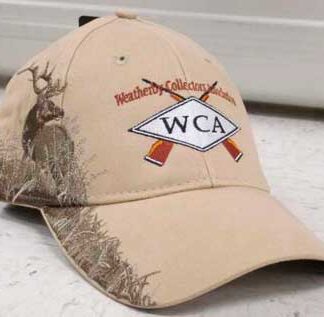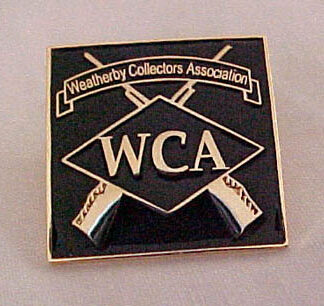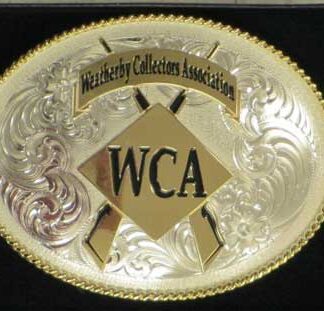History of Weatherby Firearms
As a young man, in the late 1940's, Roy Weatherby developed an insatiable interest in ballistics and rifle performance. At a time when many firearms "experts" were promoting large bullets traveling at slow speeds, Roy was experimenting with lighter weight bullets traveling at extremely high velocities. It was his belief that this combination was ideal in creating the hydrostatic shock needed to kill animals quickly and humanely. In Roy's mind, there was no other way: speed kills - period.
Roy's initial work began with developing his high powered, magnum cartridges. He developed the .220 Rocket (based on the .220 Swift), and the first Weatherby Magnums - .257, .270 and .300 (based on the .300 H&H Mag.). From his small operation in South Gate, California, Roy was building his own rifles on virtually any actions he could obtain (FN Mauser, Schultz & Larsen and Mathieus to name a few), as well as offering to rechamber rifles for his newly designed magnum calibers.
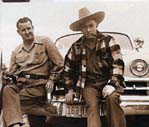
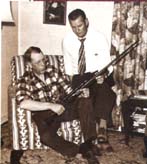
Soon, his high powered cartridges began to draw the attention of noted gun writers Jack O'Connor, Elmer Keith and influentials such as Sheldon Coleman (of Coleman Company fame). Over the years, Roy would have many "friendly arguments," often conducted through printed letters and rebuttals in magazines, with the likes of O'Connor, Keith and other firearms experts on the merits of his high velocity cartridge
and rifles.
By the mid to late 1950's Weatherby had expanded his line of magnum cartridges to include the .378 Weatherby Magnum (which replaced the .375 Weatherby Magnum) and the .460 (the world's most powerful cartridge, delivering nearly four tons of muzzle energy). At that time, he was producing his rifles on Belgian FN Mauser and French Brevex Magnum Mauser actions. Later, in 1957, he would develop a new action - originally designated the Model 58 (later to become the legendary Mark V) - specifically designed to handle the magnum loads of his increasingly popular cartridges.
Resource :1995 Weatherby Catalog
